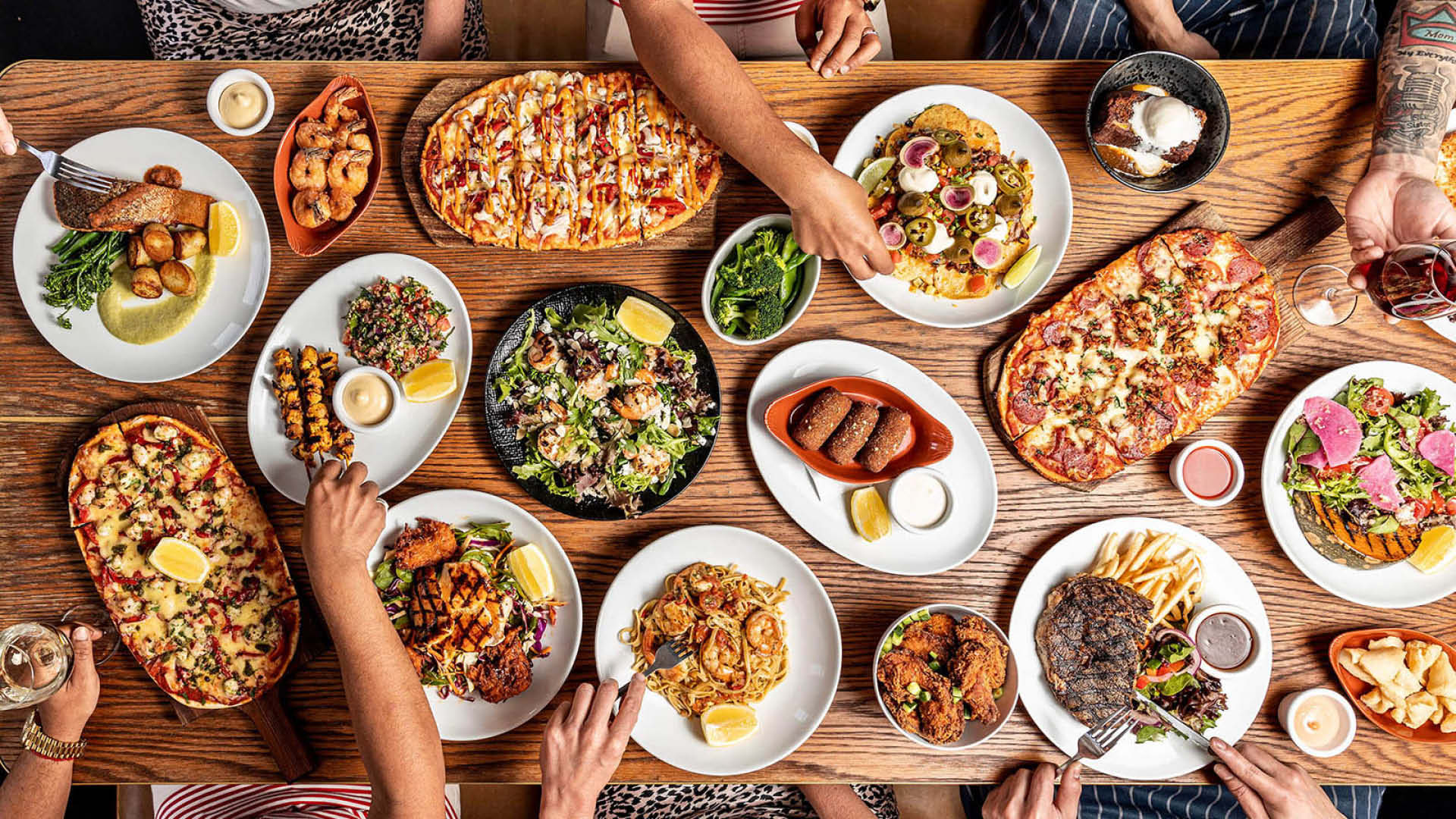How to reduce food waste when managing a restaurant

Food waste is a major problem, as you know.
According to the United Nations Environment Programme, one-third of all food produced for human consumption goes to waste. That means 1.3 billion tons of food annually, which has a significant environmental and economic impact - not to mention the frustration related to inequality for food access around the world.
Restaurants play a major role in food waste, accounting for about 14% of all food waste in the United States. This waste can occur at all stages of the food supply chain, from production and processing to distribution, preparation, and consumption.
Here are seven things you can do to reduce food waste.
1. Conduct a food waste audit
The first step to reducing food waste is to understand how much food your restaurant is actually wasting. This involves tracking all of the food that is wasted over a period of time, typically one week. This can be done by weighing or measuring food waste, or by keeping a log of all food items that are thrown away. Once you have a good understanding of how much food your restaurant is wasting, you can start to identify areas where you can make changes.
2. Improve inventory management
One of the most effective ways to reduce food waste is to improve your inventory management practices. This includes ordering the right amount of food, storing it properly, and rotating stock regularly.
To order the right amount of food, you need to have a good understanding of your sales patterns (data!). You should also track your food spoilage rates so that you can adjust your orders accordingly.
3. Train your staff
Your staff plays a vital role in reducing food waste. It is important to train your staff on proper food handling and storage procedures. You should also teach them how to identify and prevent food spoilage.
4. Design a menu that reduces waste
You could avoid using ingredients that are perishable or difficult to store. You could also offer dishes that can be made with leftover ingredients. Another way to reduce food waste is to offer a variety of portion sizes. This gives customers more control over how much food they eat and helps to reduce the amount of food that is wasted.
5. Donate leftover food
If your restaurant does have leftover food, you can consider donating it to a local food bank or soup kitchen. This is a great way to reduce food waste and help those in need.
6. Compost food scraps
Food scraps that cannot be donated can be composted. Composting is a natural process that breaks down organic matter into nutrient-rich soil. Compost can be used to fertilise gardens and lawns, and it can also be used to produce biogas, which can be used to generate electricity or heat.
7. Use technology to reduce waste
There are inventory management software programs that can help restaurants track their food inventory and identify areas where they can reduce waste. There are also apps that connect with food banks and other organisations that accept food donations.
And some additional tips for reducing food waste in restaurants:
- Offer half-portions or family-style meals to reduce the amount of food that is wasted.
- Encourage customers to take their leftovers home.
- Use creative ways to use up leftover ingredients. For example, you could make a soup or stew with leftover vegetables, or you could use leftover bread to make croutons or bread pudding.
- Donate leftover food to local food banks or soup kitchens.
- Compost food scraps that cannot be donated.










